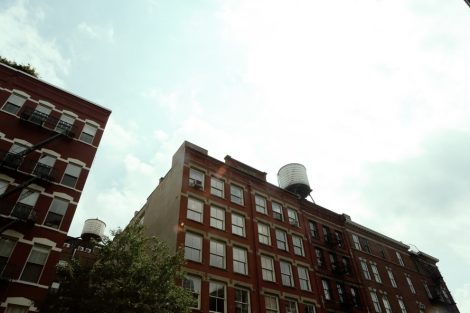 It’s no secret, New York City’s housing market is booming. And despite continued growth in places like Brooklyn, Queens and, most recently, the Bronx, the city’s flagship borough which also bears its beloved New York, NY name, Manhattan, remains one of the hottest places to purchase, build and sell homes in the country, and likely will for years to come.
It’s no secret, New York City’s housing market is booming. And despite continued growth in places like Brooklyn, Queens and, most recently, the Bronx, the city’s flagship borough which also bears its beloved New York, NY name, Manhattan, remains one of the hottest places to purchase, build and sell homes in the country, and likely will for years to come.
A part of the city’s growth has included investing in and transforming previously undeveloped and low cost areas into the most coveted neighborhoods in the city. Obviously that doesn’t include Tribeca or Midtown Manhattan, both of which are historically expensive. Instead, investors and tenants have moved up the island, primarily focusing on the city’s uptown. This includes places like Harlem, neighboring Washington Heights, and Inwood, which I discussed in a previous post.
However, quite surprisingly, some areas have not witnessed the same levels of transformation or growth. East Harlem, also referred to as Spanish Harlem due its large and historically hispanic population, has maintained relative low cost housing and not nearly as much development as neighborhoods just blocks away, including Central and West Harlem. But why?
Certainly East Harlem is one of the most crime-ridden neighborhoods in New York City. Violent crimes are well documented throughout the entire community, creating fear even in long-time residents. Still, crime certainly hasn’t stopped redevelopment in areas like Bed-Stuy and Crown Heights in Brooklyn, nor Jamaica, on the far east side of Queens. Therefore crime alone is likely not the reason for its delayed harvest.
In a June article from the Observer, various agents shared their expert opinion about East Harlem. Some felt it was isolated from the rest of the city, not as connected by historic institutions like the west side’s Columbia University. Another issue has been aesthetics. Both the outside infrastructure and interior furnishings leave more to be desired by, say, recent graduates or young professionals who may be swayed to live in a neighborhood on the come up.
Still, it isn’t likely that East Harlem will remain outside of Manhattan’s boom for long. Earlier this year the New York Times projected its growth as one of the hottest neighborhoods in the city, and already, the area has gotten some new buildings and new restaurants offering craft beers, obviously targeting the hipsters of NYC–a crowd most common to Brooklyn.
As the rest of Harlem grows, I have no doubt that East Harlem will do the same. Investors, developers, agents, renters and buyers will clamor for properties and spaces in the next year and years to come. Those who didn’t will wish they did.